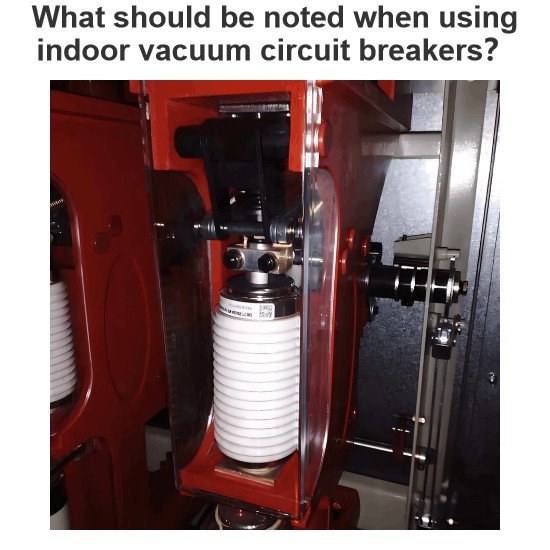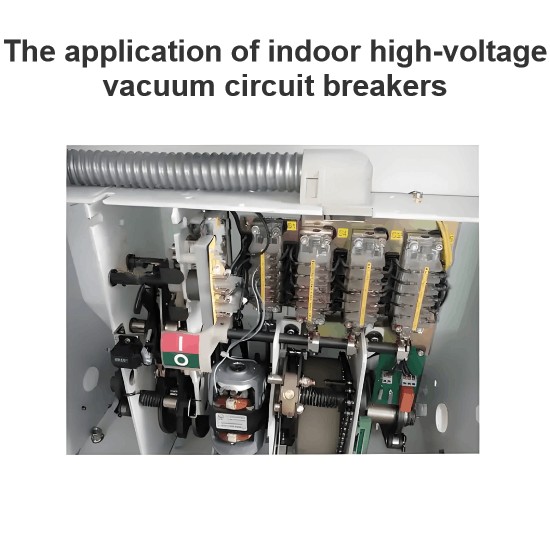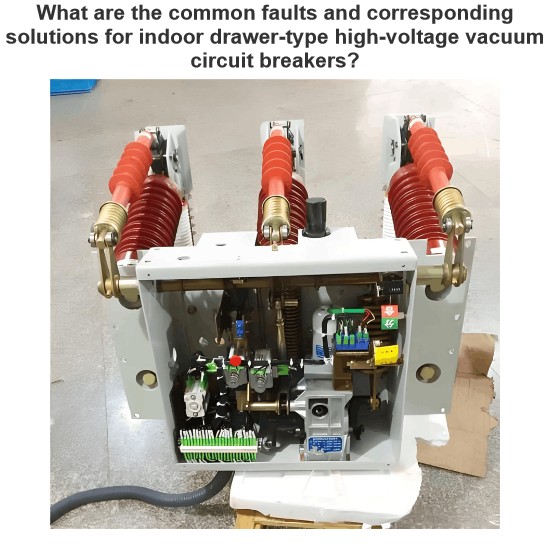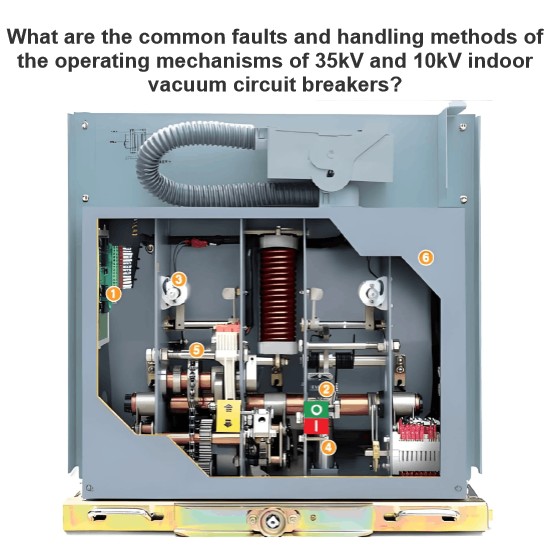Can a circuit breaker be racked out when in the closed position?
The circuit breaker cannot normally be pulled out directly while in the closed position.
First, safety design considerations
Prevent arc hazards
When the circuit breaker is in the closed position, current usually passes through the circuit. If the circuit breaker is forcibly pulled out at this time, an electric arc may occur. Arcing is a high-temperature, high-energy discharge phenomenon that can pose a serious burn and electric shock hazard to operators. For example, in high-voltage circuits, the temperature of an arc can reach thousands of degrees, which can instantly melt metal and destroy insulating materials.
To avoid this danger, circuit breakers are usually designed to operate only after the circuit is disconnected. This ensures that no arcing occurs during operation and ensures the safety of the operator.
Protection equipment and systems
Forcibly pulling out a circuit breaker in the closed position can cause serious damage to electrical equipment and power systems. For example, it may cause faults such as short circuit, overload, or overvoltage of the device, or even cause serious consequences such as fire or explosion.
The correct operation sequence of the circuit breaker is to disconnect the circuit first, and then perform other operations to protect the safe and stable operation of the device and system.
2. Restrictions on operation mechanism
Mechanical interlocking device
Many circuit breakers are equipped with mechanical interlocks to prevent operation at the wrong time. These interlocks typically lock the circuit breaker's position while it is in the closed position, making it impossible to pull it out. For example, some circuit breakers may have a latch on the operating handle that can only be unlocked and operated when the circuit breaker is in the off position.
The purpose of the mechanical interlocking device is to ensure that the operator performs the operation in the correct order to avoid danger and damage caused by misoperation.
Electrical interlocking system
In some complex power systems, the circuit breaker may also be connected to other devices and control systems by electrical interlocking. These interlocking systems monitor the state of the circuit and prevent the circuit breaker from being pulled out when it is in the closed position. For example, when a circuit breaker controls a significant load, the system may set an interlock that allows the circuit breaker to be operated only if certain conditions are met, such as when other equipment has been safely shut down.
The electrical interlocking system can improve the safety and reliability of the power system and prevent accidents caused by misoperation.
The Electricity Encyclopedia is dedicated to accelerating the dissemination and application of electricity knowledge and adding impetus to the development and innovation of the electricity industry.













